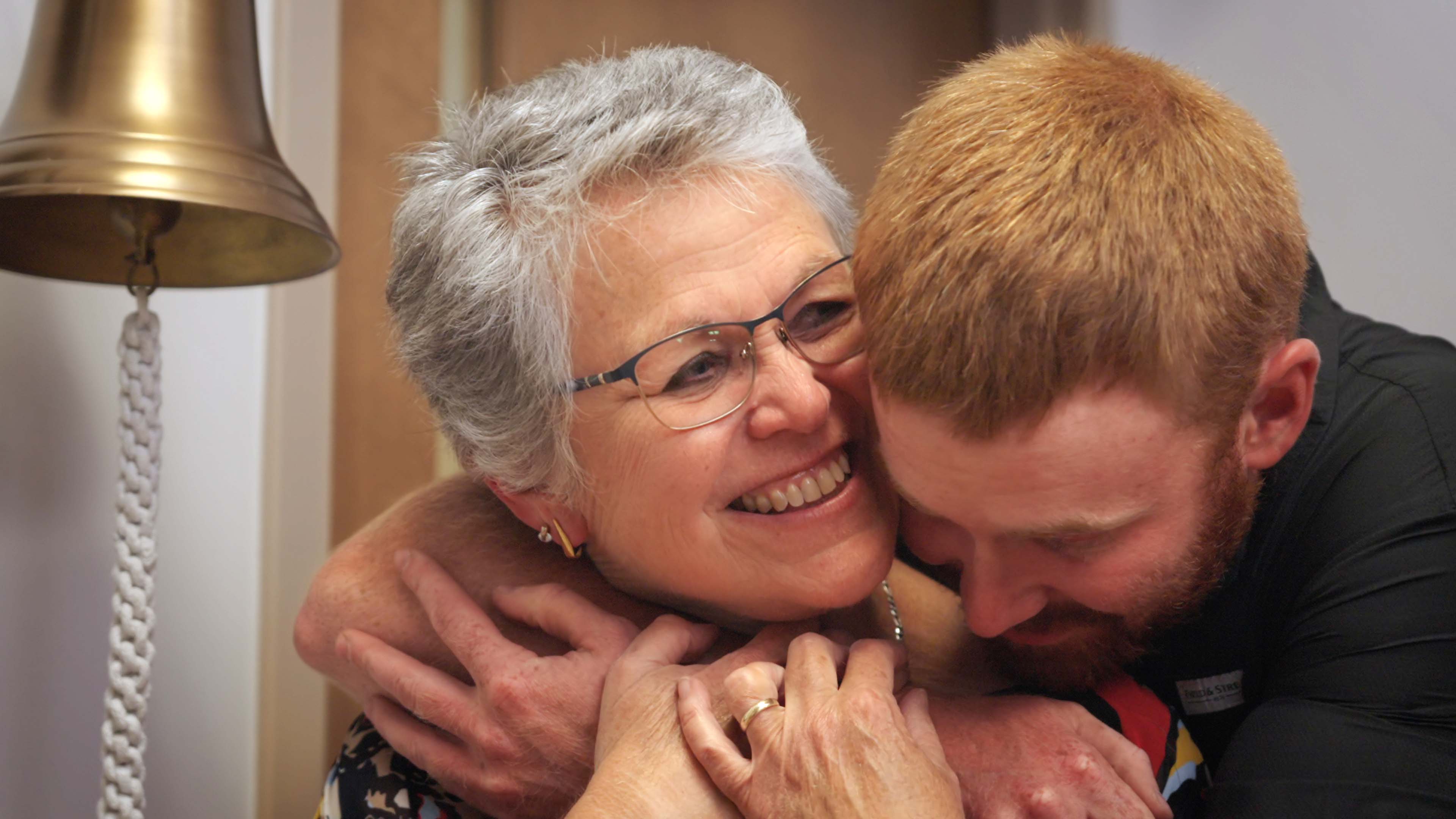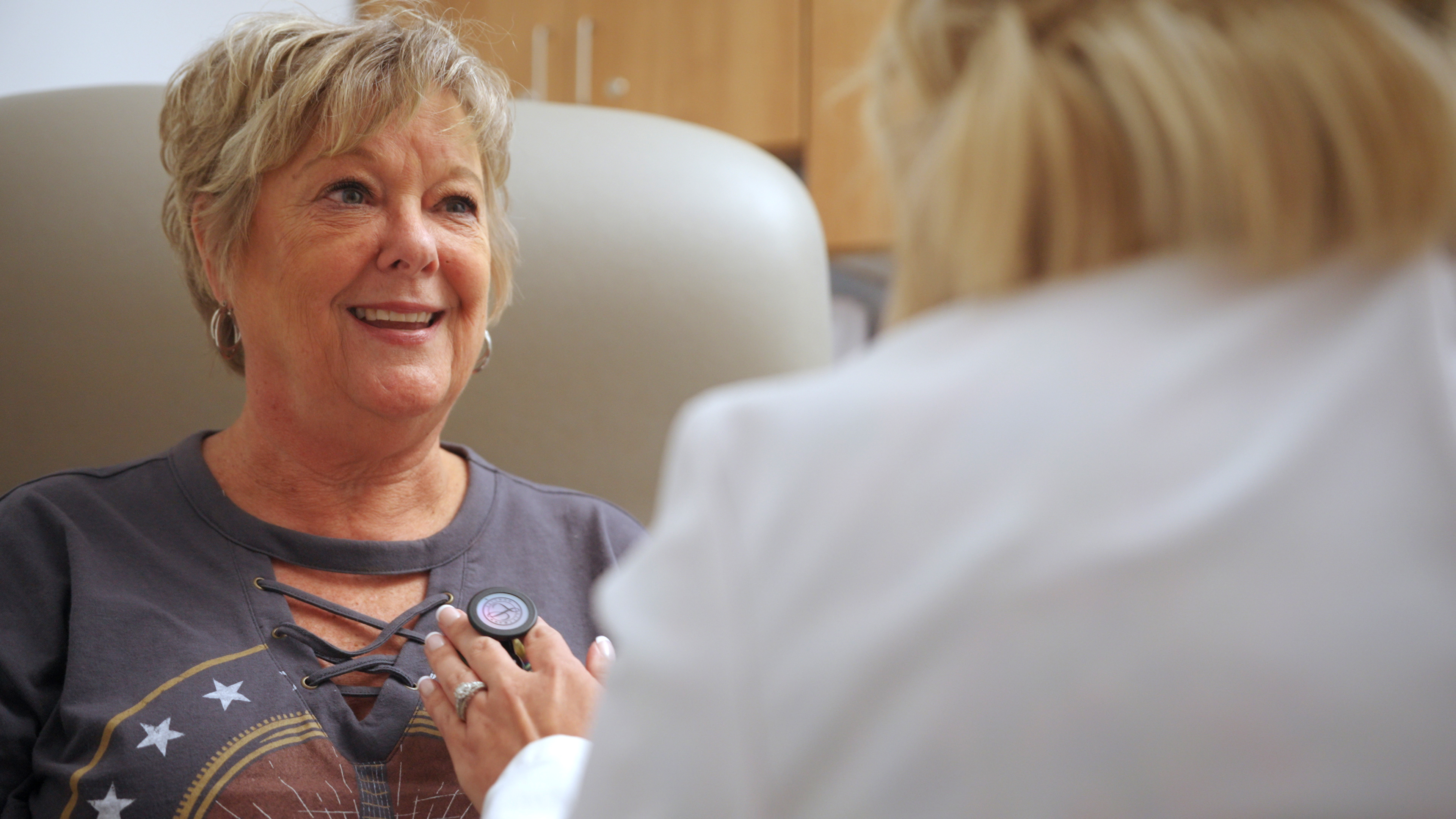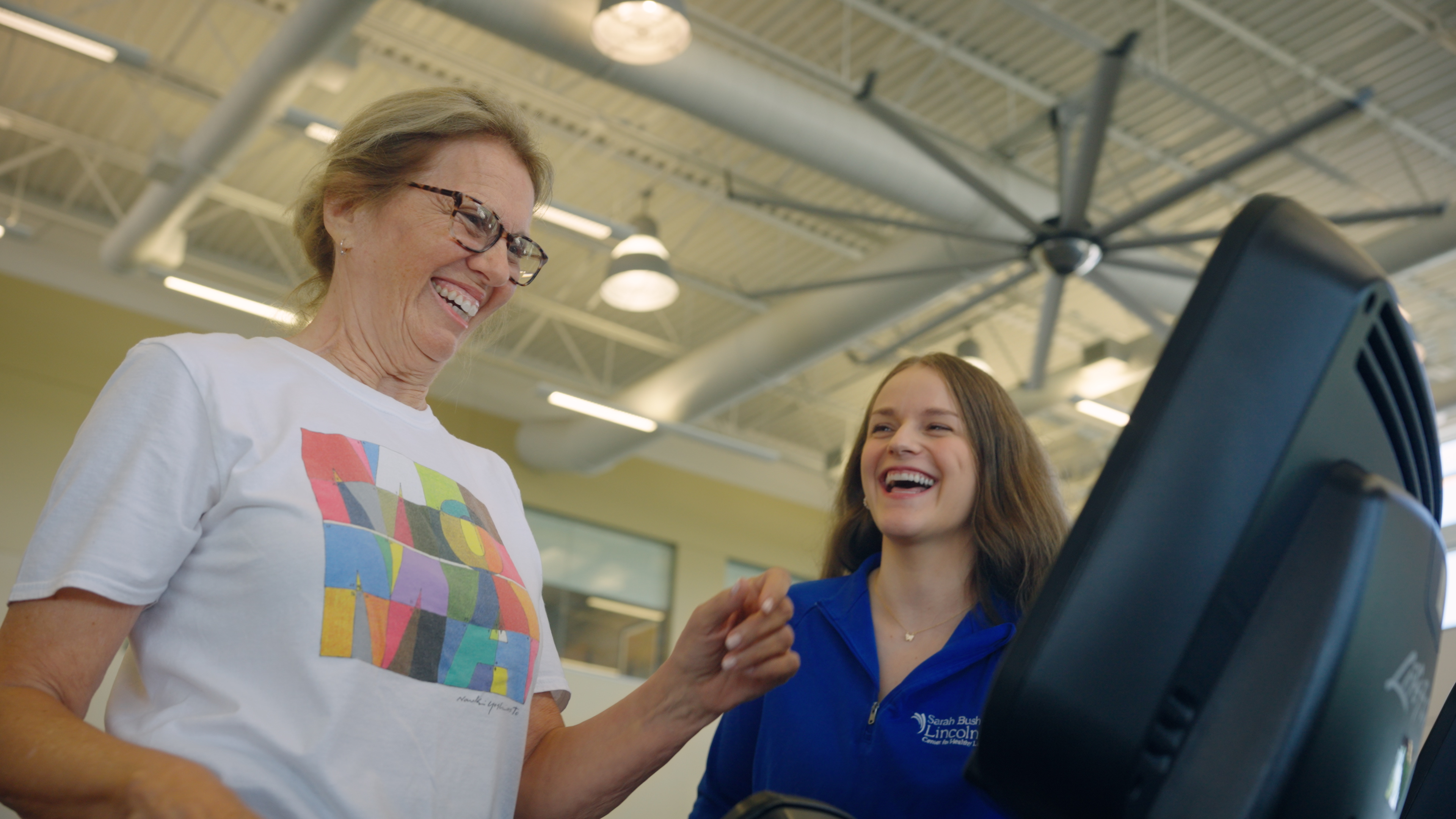Lysis of Epidural Adhesions
What is the other name for Lysis of epidural adhesions?
Lysis of epidural adhesions is also called decompressive neuroplasty.
What are epidural adhesions?
Epidural adhesions are scar tissue formed in the epidural space.
What is the epidural space?
It is a thin area between the inside of the spine and the protective layer around the spinal cord. Nerves usually cross this space as they come out of the spine.
What are the causes of epidural adhesions?
Epidural adhesions occur frequently following spine surgery, but can also occur following disc herniation due to leakage of disc material into epidural space.
Do epidural adhesions always cause pain?
No. Epidural adhesions can only cause pain if they entrap and irritate the nerves in the epidural space.
What is the purpose of this procedure?
This procedure goal is to mechanically and chemically break off excessive scar tissue in the epidural space to decrease nerve irritation and possibly decrease pain.
What are the risks of the procedure?
Generally, there is small risk of infection, bleeding, spinal headache, reactions to the medications used, and rarely nerve injury. On the day of your procedure, the doctor will talk with you and give you a more detailed explanation. Additionally, he will discuss with you the risks, benefits and alternatives.
Will I have an IV?
Yes. The Center for Interventional Pain nurse will start an IV. IV antibiotics decrease the risk of infection. We will also use this IV to give you pain medicine and sedating medicine during the procedure.
Will I be put to sleep for this procedure?
No. We will give you pain and sedating medicine in the IV to make you sleepy and comfortable, but you will not be put to sleep.
How is lysis of epidural adhesions done?
The procedure is done in our procedure room. You will lie on your stomach, the nurse will attach you to monitors to monitor your heart, blood pressure, and oxygenation. After you have been sedated, we will brush your back with an antiseptic solution and drape your back with sterile linen. The doctor will numb your skin with local anesthetic. The doctor will then insert a special needle through the skin just above the tailbone area into the epidural space. An X-ray dye will be injected into the needle to visualize the scarred area. A special catheter will be inserted through the needle to the scarred area to break the adhesions. Other fluids will be injected through the catheter to relieve pain, dissolve scar tissue, and reduce inflammation. Common medications used are steroids, local anesthetic, enzyme and hypertonic saline.
What would you like me to do before the procedure?
- Do not eat any solid food after midnight. You may drink clear liquids up to 4 hours before the procedure.
- You may take your regular medication (except blood thinners) the morning of the procedure.
- If you take blood thinner medication, make sure to stop taking them according to the letter sent to you by our scheduling office.
- If you have any active infection or fever, the procedure will be postponed.
- Expect to be in the Center for Interventional Pain for about two to three hours
- Arrange to have a responsible adult drive you home after the procedure.
How long does the procedure take?
The procedure usually it takes about one hour depending on the extent of epidural adhesions.
How long will I stay after the procedure?
You will stay between 45 minutes to one hour for observation and infusion of hypertonic saline infusion into the epidural space.
What am I supposed to do or not do after the procedure?
We will provide you with a detailed instruction sheet that should answer most of your questions. The Center for Interventional Pain nurse will discuss all these instructions with you before you go home.
Should I expect to have pain after the procedure?
Usually you will have soreness at the needle puncture site. There is usually some increase in pain the afternoon and day following the procedure.









